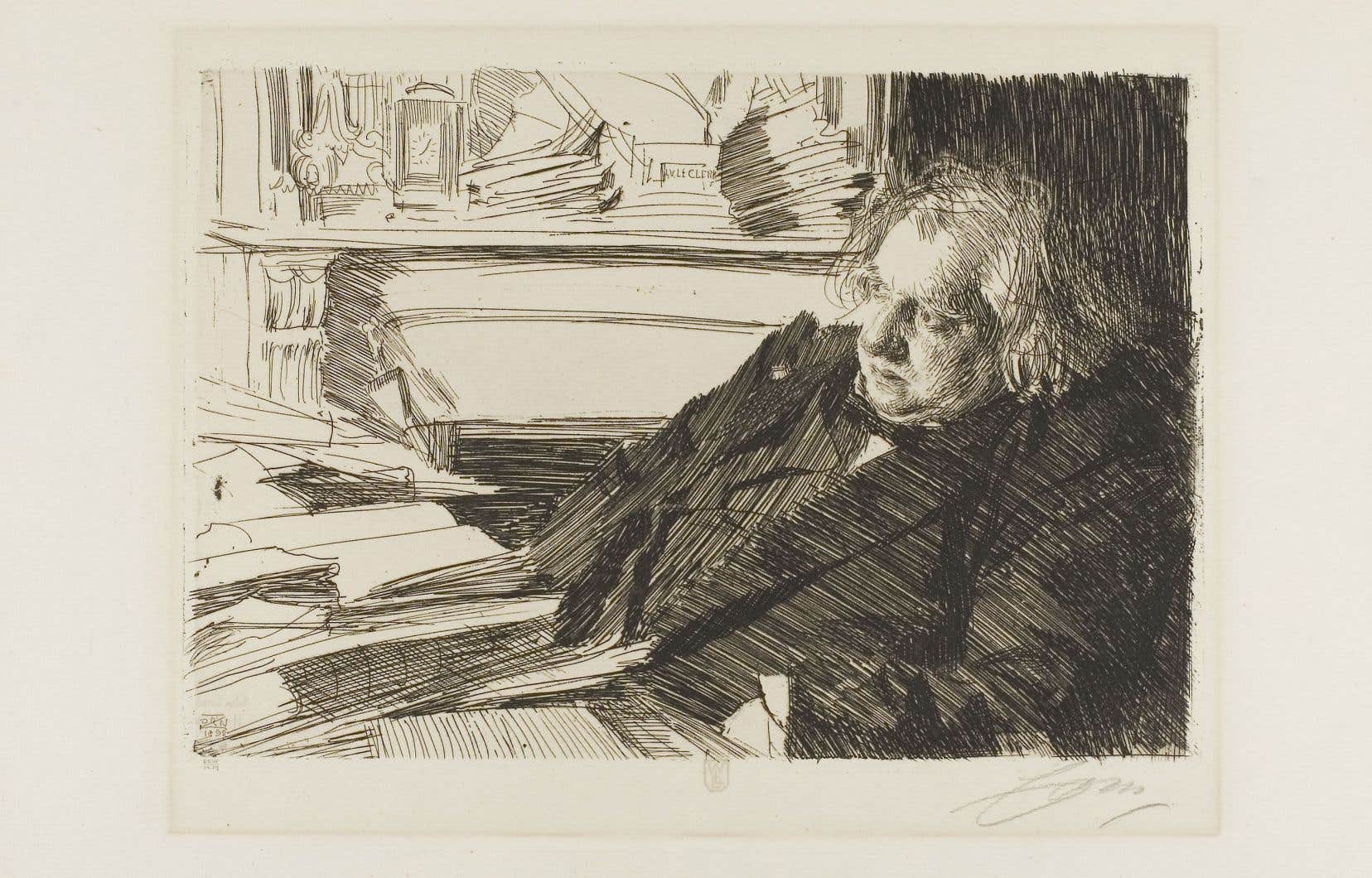Ernest Renan was one of the greatest scientists of the 19th centurye century. He is part of the long line of founders of modern science. But he had big ambitions. He maintained that all knowledge must be submitted to the tribunal of reason guided by the authority of facts. The rest was fiction. Like many scientists of his generation, he also believed that reason can explain everything. He worked to spread the utopia that, in the exploration of reality, science knew no limits.
A big challenge
To prove his thesis, he had the idea of subjecting the history of Christianity to the gaze of science, which he presented as the most sophisticated and influential account of human history. He devoted a large part of his life to this immense project. He learned ancient languages, studied by comparing very old manuscripts, traveled to the East to immerse himself in places and landscapes, to finally publish eight large volumes which were the subject of several condemnations by the Church.
The life of Jesus, published in 1863, is one of these works. With nearly 150,000 copies sold in 18 months, around ten editions in the first year and numerous translations, the book shook Christian Europe. A man of science, Renan endeavored to identify proven facts in the story of emerging Christianity by scrutinizing texts and testimonies. The result was a portrait of Jesus very different from what the Church taught.
The praise of Jesus
Renan saw in the Savior an exceptional man, perhaps the greatest in history. His ideas, truly revolutionary, experienced incredible influence, shaking up very old belief systems which seemed definitive. One of Jesus’ innovative and particularly daring ideas was that we now had to think beyond regions, races and kingdoms. The new religion was aimed at all peoples, the promise of salvation was valid for all humans.
An idea which particularly offended the authorities of its time was that Christianity, founded on faith and the heart, did not need great intellectual constructions to gain credibility and spread, faith would be enough: therefore, not rituals, dogmas, catechisms, treatises, theology, exegesis. Religion would thus be freed from the futilities of casuistry, from schools of thought, from sterile quarrels over ideas that cause bitter divisions. It would also dispense with clergy, hierarchy, and bureaucracy dedicated to the control of consciences. Renan concluded that the modern Church had betrayed the great founding intentions.
Jesus innovated again by insisting that the Good News was only for the poor, the desperate, the weak, the “meek and humble of heart”. And that the reign of the rich, the powerful and the arrogant was over; they would be thrown into hell. All this comforted the poor, whose company Jesus sought, but upset the powerful, which was to lead to his crucifixion.
The supernatural
Renan never tires of praising the qualities of Jesus. He returns to it frequently: an “astonishing genius”, an “accomplished model”, the “cornerstone of humanity”, founder “of true religion”, “the greatest of men”, etc. He also often claims that he is human – as proof, frightened by the imminence of his death, he almost gave up. But make no mistake, these remarks aimed to better establish his thesis according to which Jesus was able to accomplish his mission without recourse to the supernatural. He drew his authority from his “infinite charm”, from his “suave and gentle preaching”, from his powerful parables.
In his approach, however, the scholar was confronted with great difficulties. Miracles first. On this point, Renan is doing quite badly. He points out the absence of credible witnesses, several of whom are close disciples. Here they are described as naive, ignorant and prejudiced. He invokes the excess of zeal which leads them to spread inventions. He blames the effects of magic, witchcraft, and misguided imagination. These arguments can convince when the “miracle” wants to chase away demons, calm a hysteric, overcome languor. But what about tougher episodes, like the multiplication of loaves or the transformation of water into wine? Cautious, Renan refrains from commenting on them.
The resurrections give him even more trouble. Here, his demonstrations are very weak. On the death and resurrection of Christ, he stumbles completely and ends up referring the reader to a subsequent work.
The question of Jesus’ divinity is another nightmare. The man of science becomes very ambiguous. On the one hand, reconstructing the death of Jesus, he surprises and even contradicts himself by describing the progressive withdrawal from his physical life then the slide towards a life of another order, that of the divine. But in other passages, he corrects himself: he hesitates, procrastinates, speculates. In short, he does not convince.
What Renan teaches us
Whether you are a believer or not, you learn from this very learned work a lesson in humility. The postulate that only observable facts are worthy of attention is showing its limits. Renan fails to prove the non-existence of the supernatural and divinity (on the other hand, it would be wrong to see this as proof of their existence). There are questions, areas that simply escape science. They relate to a part of the human being which gives rise to all its complexity and forms the basis of its irreducible specificity. What is a problem for Renan is for others what opens the human to the divine and brings him closer to it.
